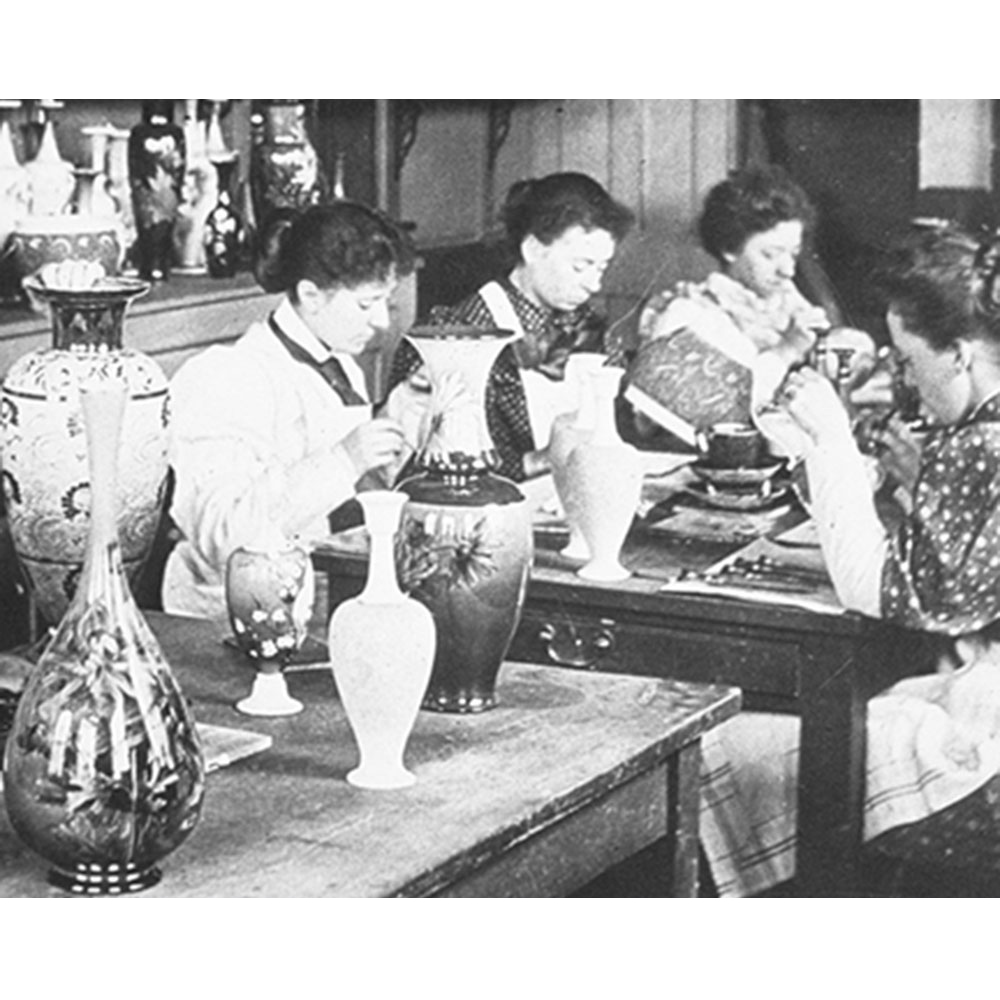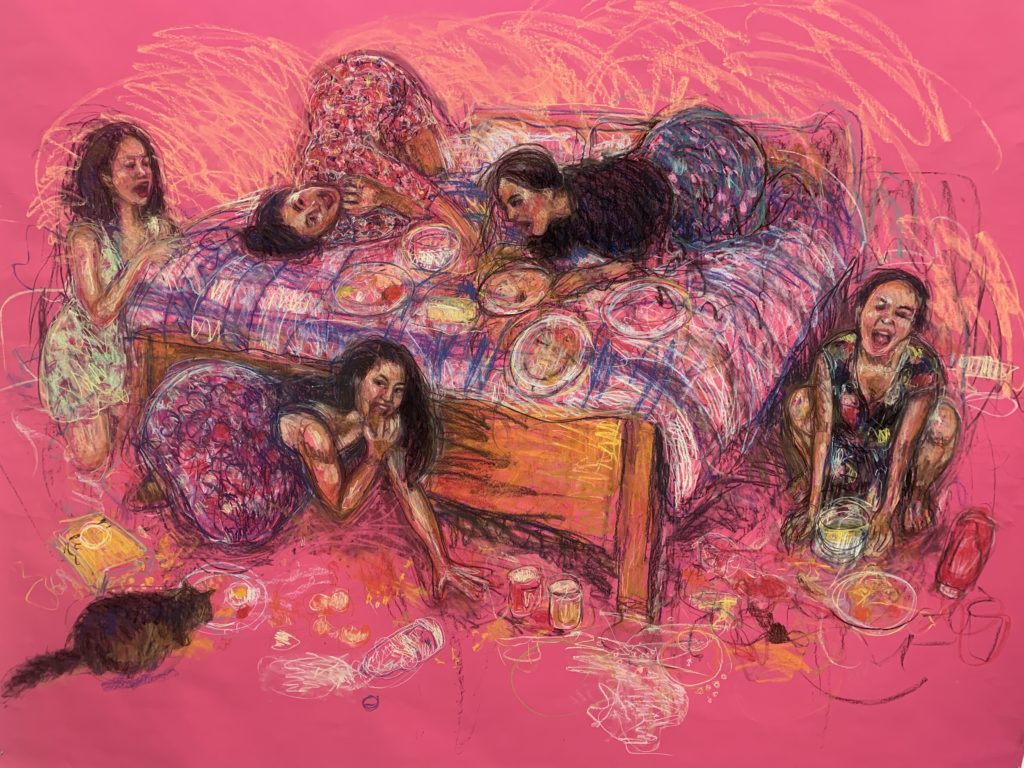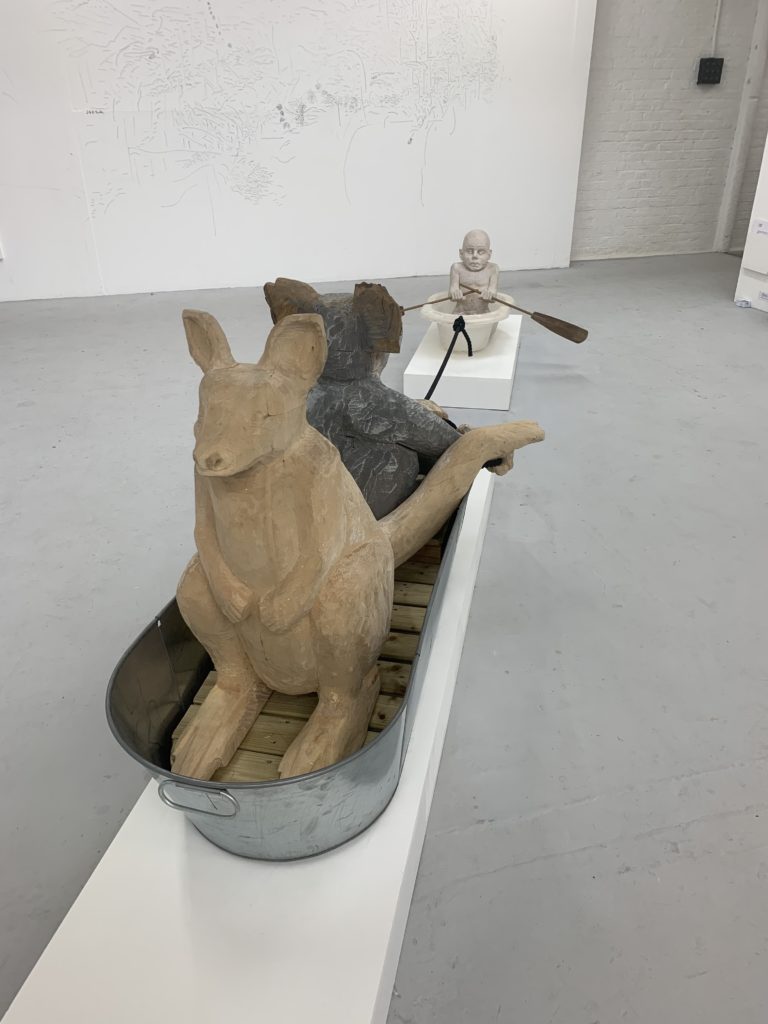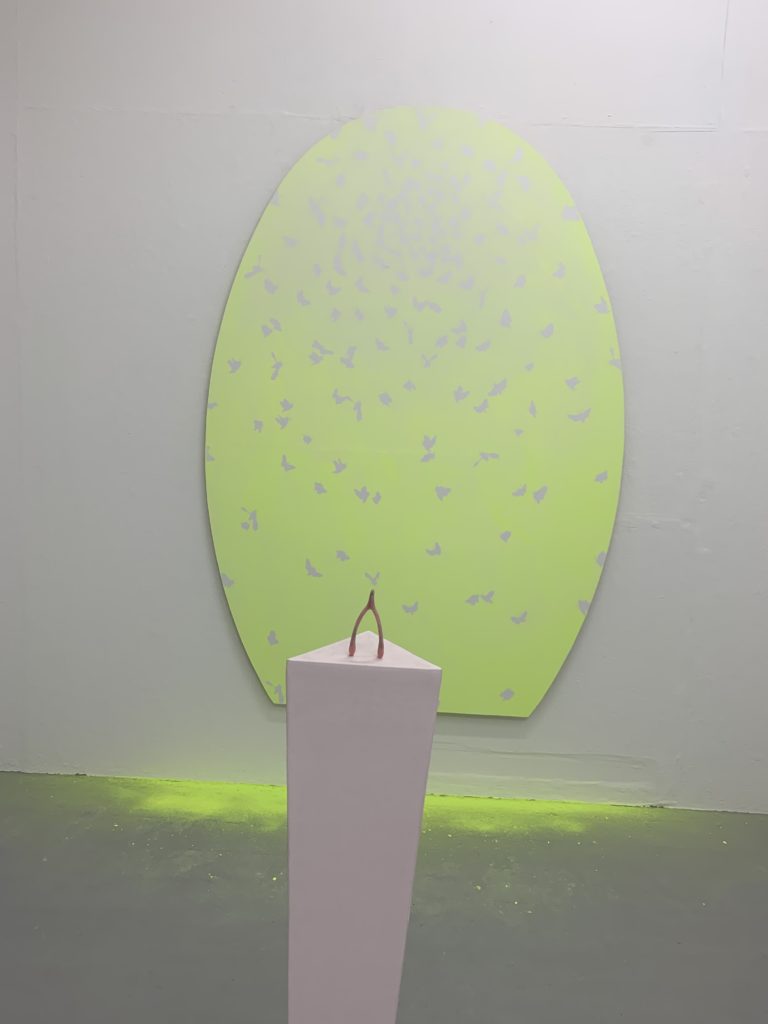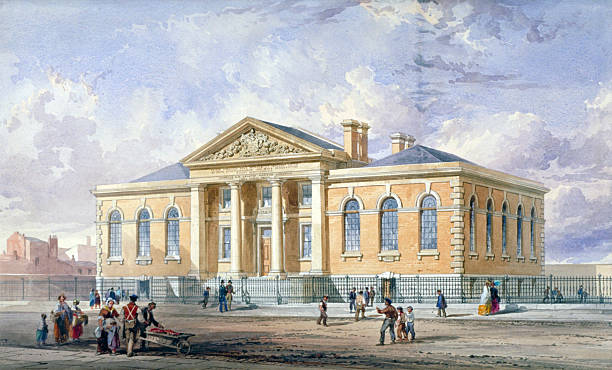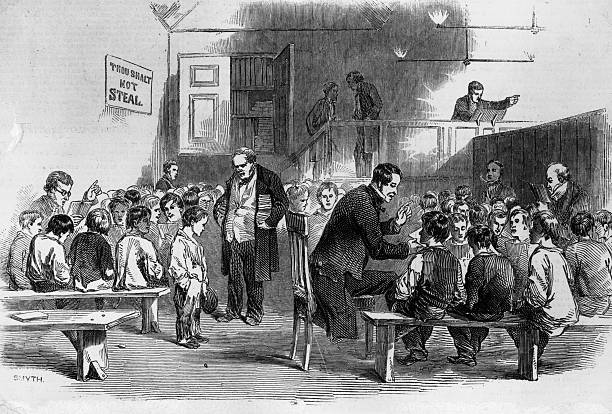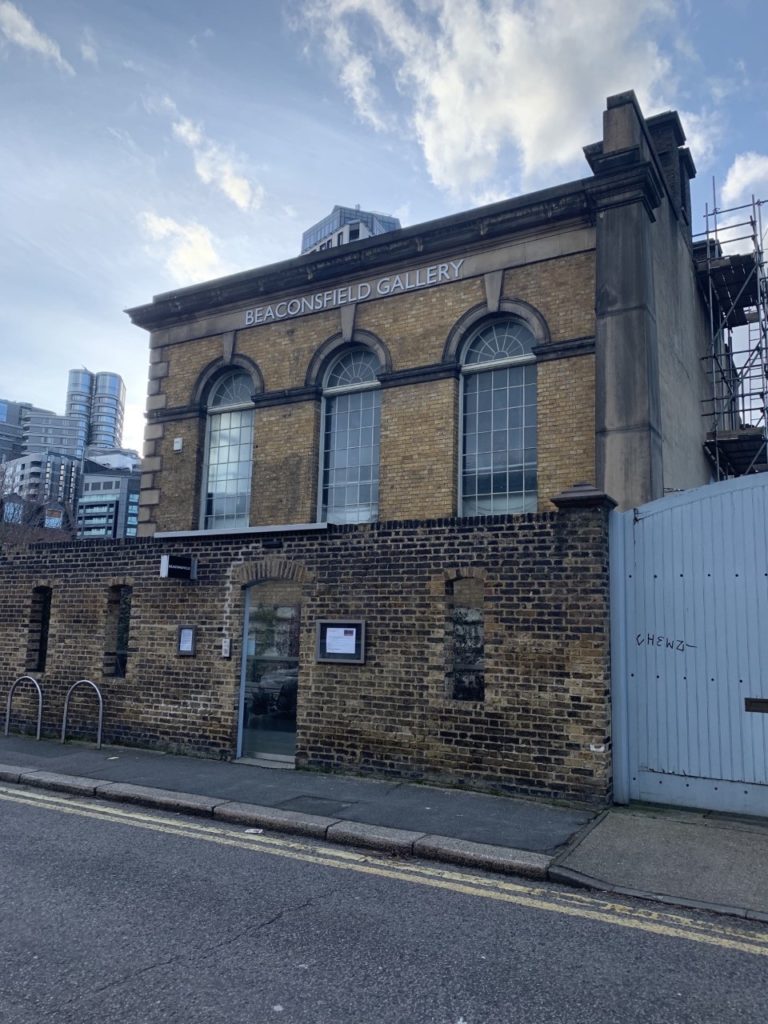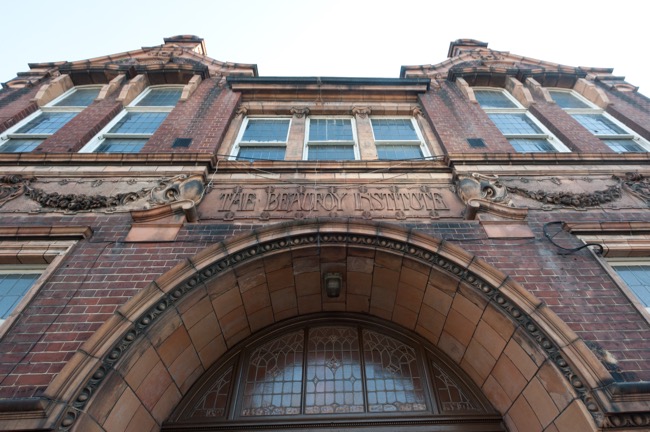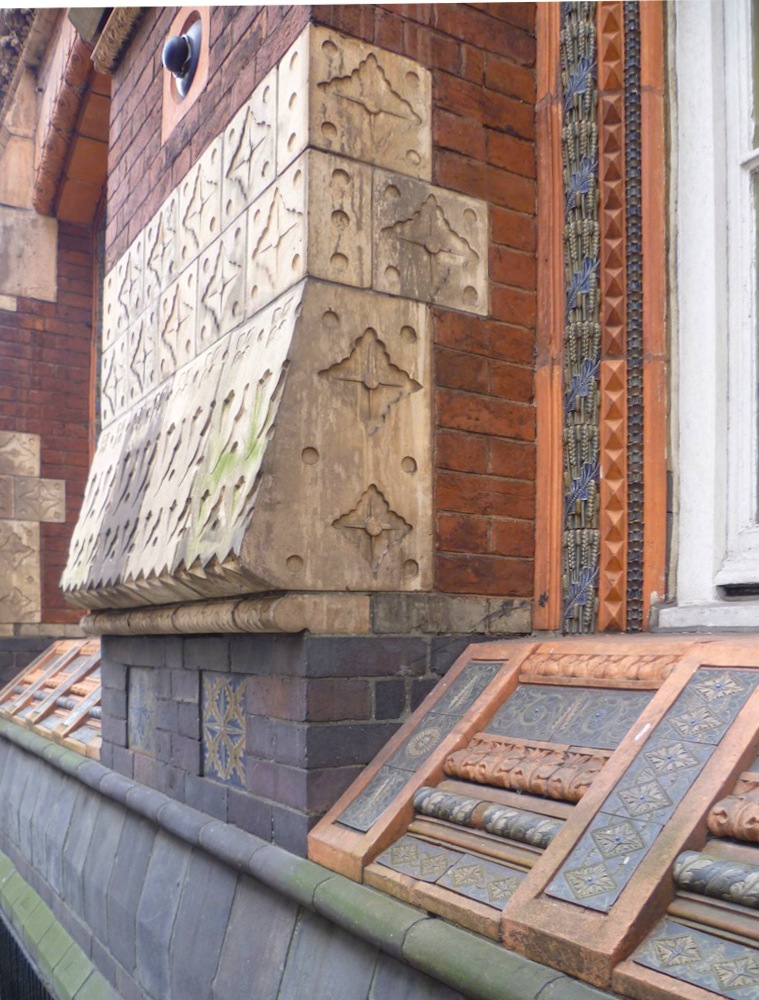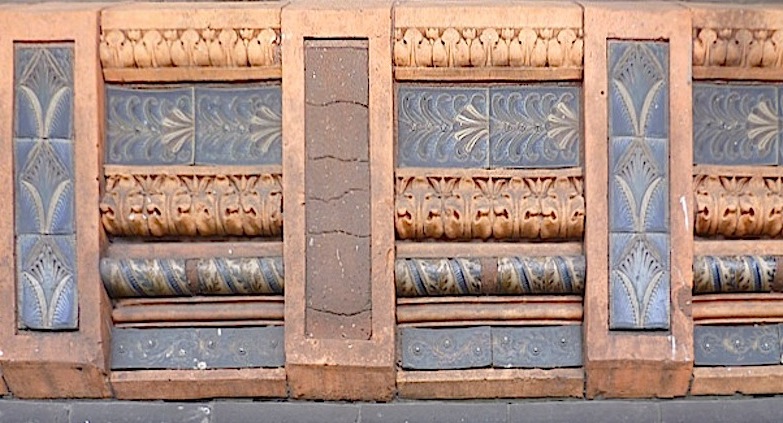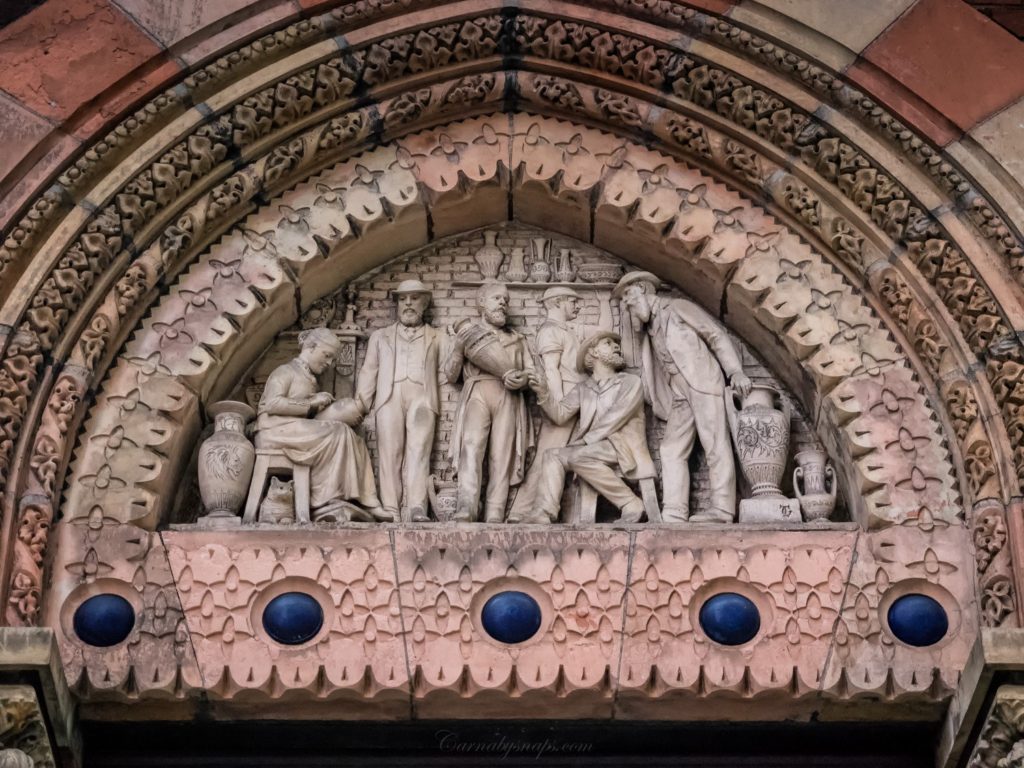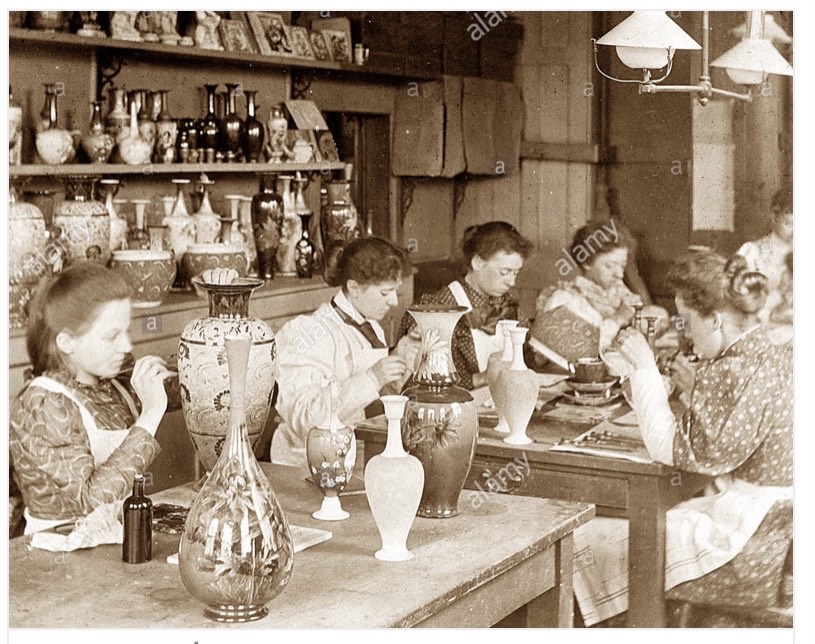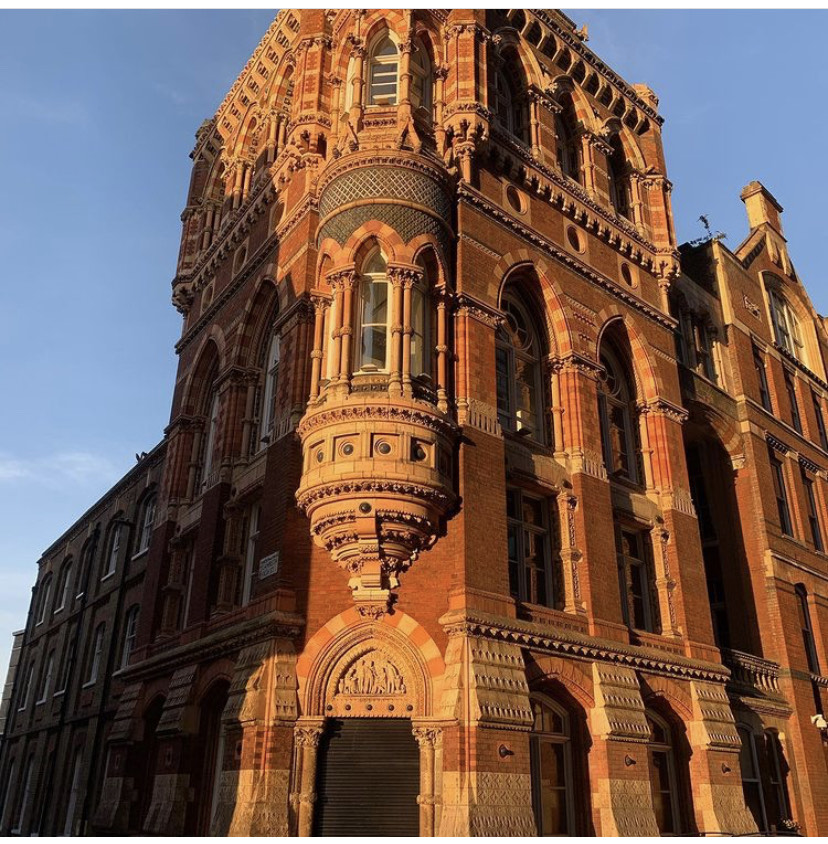The pinnacle of the Greater Kennington arts calendar is upon us again in the guise of the MA Show over at City and Guilds in Kennington Park Road. Now if you’re thinking ‘hang on, didn’t I just go to that’ then you’re thinking about the BA Show in August, so keep up. The MA show is a more mature and subdued affair, usually, so don’t expect any swing sets wrapped fur which talk to you. But nevertheless expect a few surprises.
The MA programme at C&G focuses on fine art and does not include other speciality areas such as carving, conservation or restoration. Most of the artists are on hand and are more than happy (we’re talking, almost dying) to talk about their work. An obvious theme this year was isolation and vulnerability, and this was expressed in various ways. One artist worked exclusively in parsley (yes, the herb) and another one we got chatting do expressed herself by making doll sized dioramas filled with dust. Another crafted his work by a very heavy reliance on table salt.
More traditional mediums are mostly used across the vast Georgian buildings of the school and it is easy to lose yourself as you wander about. A number of artists are working in sculpture and some pure drawing, but the majority of works are on canvas by use or oils, acrylics, or watercolour. Some interesting deviations are present, such as an artist who likes to depict 50’s ‘femme fatales’ in oil on Perspex (below). Some of the works are large format, others miniscule. The volume of work on show can be a bit overwhelming, but the impression is of a well curated and at times stunningly beautiful body of works.
The MA show is open daily (other than Monday) from 10 to 5 until Saturday, 23 October. Even if you don’t really care for art it is totally free and a fun way to whittle away a lunch break, even if you’re not the arty sort.
City and Guilds London Art School has a very long and fascinating connection to Greater Kennington. Before being in its present location it was in Vauxhall, with one its early patrons being the Doulton Pottery factory who used their students to embellish their works. With a strong contingent of female students, it also has links to the Suffragette movement in the early 20th century. You can even but some of these works on Ebay!
